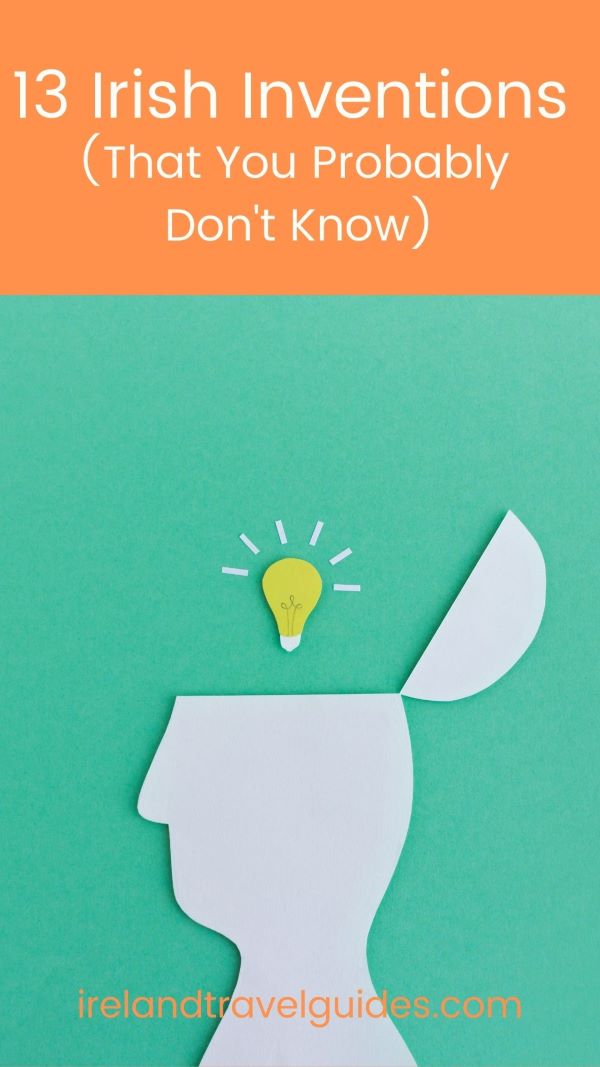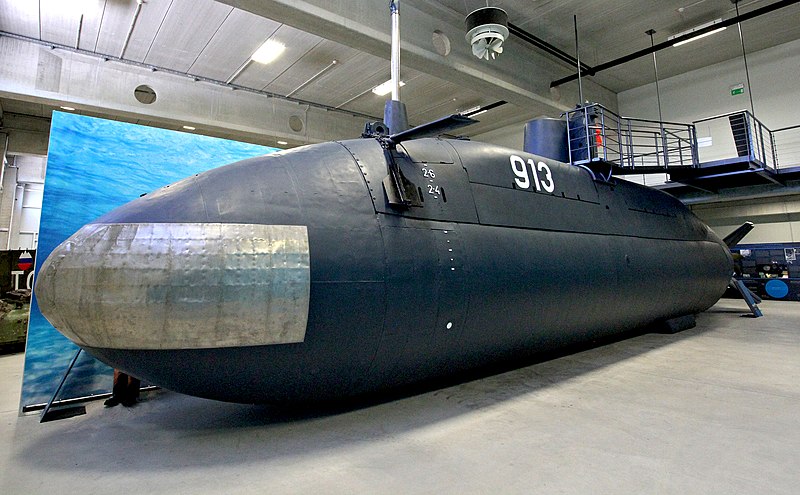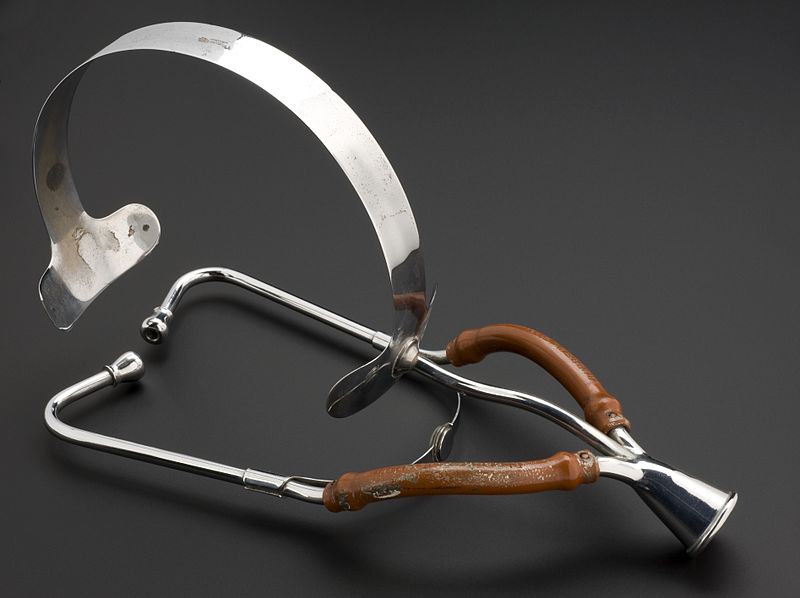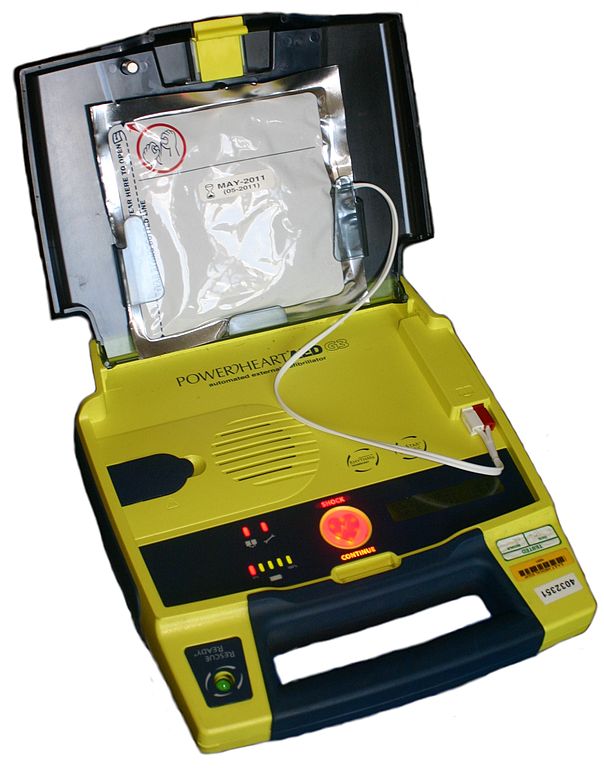Do you know that there are many Irish inventions that changed the world?
With its breathtaking landscapes, thousands of castles, fascinating culture and warm people – Ireland is a great place to visit and get to know more of.
But what has this country contributed to the world? Not a lot of people know that Ireland is the birthplace of several inventions that have transformed the world in one way or another.
Things you'll find in this article
13 Irish Inventions That You Probably Don’t Know

From submarines to flavored potato chips, here’s a look at 15 of the best Irish inventions that you probably haven’t heard of.
Irish Inventions in Electronics
1. Colour photography (1894)
John Joly, a Trinity College engineering graduate, developed a color photography system based on viewing plates with many tiny lines in three colors in 1894.
Joly would draw tiny colored lines on the viewing plate and then position the glass in front of the picture in the camera, allowing the shot to be taken. This procedure was far less complicated than the previous ones.
Today, Joly is widely credited with inventing the first effective color photography technique.
2. The Induction Coil (1836)
A cleric came up with the idea for the induction coil. St. Patrick’s College Maynooth science professor Rev Nicholas Callan is one of Ireland’s most famous inventors.
In the electric coil, Callan wound two long wires around the end of an electromagnet and linked the ends of one wire to a battery for the induction coil.
He received a tremendous spark from the end of the second disconnected coil when he interfered with or interrupted the current from the battery, and the induction coil was born as a result. Callan’s invention is still utilized in car ignitions today, despite its age of nearly 170 years.
Irish Inventions in Engineering
3. The modern tractor (1926)
The first Ferguson tractor system was designed by Harry Ferguson. Known as “The Mad Mechanic”, he patented it in 1926, and it’s the same fundamental concept for a contemporary tractor that’s still in use today.
In addition to his motorcycle, race car, and plane, this County Down native was the first Irishman to fly in 1909. He started as a bicycle mechanic and later created the first four-wheeled Formula One car.
Today, the Massey Ferguson corporation bears his name.
Irish Inventions in Military and Warfare
4. Guided Missile (1877)
Louis Brennan, a Castlebar engineer, was the first to develop a guided missile that could be employed as a defensive weapon.
When he was a child, he realized that torpedoes could be directed by attaching wires to them, and this inspired him.
His patent was sold to the British War Office for £100,000 in 1880, and his innovation was utilized to defend harbors in the United Kingdom, Ireland, Hong Kong, and Malta.
5. The Submarine (1878)
John Philip Holland of Liscannor, Co. Clare was the man who revolutionized the way war and deep-sea exploration were conducted at sea. The prototype from Holland sank on its first journey.
Fenian Ram, which he released in 1881, was a huge success. He was the winner of three competitions held by the US Navy to design and build submarines.
Following successful tests, the US Navy purchased its first submarine, the Holland VII, and went on to buy six more.
6. The Tank (1911)
The Tank was what Dubliner Walter Gordon came up with when Winston Churchill, then Britain’s Home Secretary, commissioned the creation of a vehicle that was the basis for the tanks we see today.
Churchill specifically asked for something that was “capable of defying bullets and shrapnel, crossing trenches, flattening barbed wire, and negotiating the quagmire of no man’s land.”.
Without his invention, the World Wars would have been completely different. Modern tanks may not look like Gordin’s initial ideas, but the core “battle buggy” remains the same.
Irish Contributions in Medicine
7. The Binaural Stethoscope (1851)
Wexford native Arthur Leared invented the binaural stethoscope. The stethoscope was first invented in 1819 by Frenchman Rene Laennec.
Leared realized that Laennec’s equipment could be more effective, so he used rubber tubing to link two earpieces to the listening cylinder. The stethoscope was then displayed in the Great Exhibition in London in 1851, where it received critical acclaim.
The binaural stethoscope opened the path for the contemporary stethoscope’s development.
8. Hypodermic Syringe (1884)
The idea for the hypodermic syringe came about while Doctor Rynd of Dublin was giving morphine to a patient by mouth when she didn’t improve, he used a trocar, a cutting tool, and a thin tube to inject morphine directly into the patient’s skin. This was how the hypodermic injection came to be.
The idea was then taken all around the world and has since become a vital component of medical practice.
9. Portable Defibrillator (1965)
Professor Frank Pantridge was the inventor of the emergency defibrillator, which revolutionized and modernized emergency medicine.
A Belfast ambulance was the first to get the prototype in 1965. Emergency defibrillators have now become vital first-aid equipment, saving countless lives.
Irish Inventions in Food and Drinks
10. Flavoured Crisps (1954)
The man behind crisps and Tayto was Joseph ‘Spud’ Murphy. The only flavor of crisp available before his innovation was salt.
He came up with three crisp flavors: salt and vinegar, cheese and onion, and barbeque, after a series of experiments. His idea revolutionized the crisp industry, and businesses all around the world have since copied his work.
11. The Cream Cracker (1885)
The cream biscuit was invented in 1885 by the Jacob Family of Wexford, who used yeast dough that had been fermented for 24 hours.
To make a multilayer biscuit, it was flattened and then folded several times. Jacob’s Cream Crackers, a family favorite since their inception, are currently manufactured by machines capable of producing one million crackers every hour. They can also be purchased in over 35 countries across the world.
12. Guinness (1759)

Guinness Irish beer
Before migrating to St. James’s Gate Brewery, Arthur Guinness began making Guinness in Leixlip, County Kildare. He agreed to a 9,000-year lease for £45 per year in 1759. He was so sure of his product’s success.
Over 250 years later, the best-selling alcoholic beverage of all time has surpassed $2.6 billion in sales.
13. Chocolate Milk (the 1700s)
Hans Sloane was the one who came up with the idea of mixing chocolate and milk.
In the 17th century, he was a well-known physician and collector who grew up in Killyleagh, County Down
When he went to Jamaica, Sloane observed the locals mixing cocoa powder with water and drinking it. He sipped the drink and found it to be sickening; nevertheless, he afterward blended it with milk and found it to be immensely more appealing.
He brought the recipe back to England and marketed it as medication to apothecaries. Cadbury developed it into a confectionery drink by the nineteenth century.

Hi, I’m Christine – a full-time traveler and career woman. Although I’m from the Philippines, my location independent career took me to over 60 countries for the past 12 years. I also lived in 4 continents – from the Caribbean, South East Asia, Africa and now in Europe. But despite living in several countries, my love for Ireland remains the same. A country that had been a part of my life since I was 14 because of my love for Irish music and bands. Ireland Travel Guides was born because of this passion and hopefully, in some little ways, this website will be able to help you on your next trip to Ireland.




Famous Irish Authors: 12 Great Writers From Ireland - Ireland Travel Guides
Wednesday 30th of June 2021
[…] He lived in Paris for the majority of his adult life and wrote in both English and French, even joining the French resistance in 1940 and obtaining two medals for his contributions. […]
What Is Ireland Famous For? - Ireland Travel Guides
Tuesday 22nd of June 2021
[…] Ireland has some of the most interesting contributions to the world despite its small size. From friendly people to famous drinks to interesting festivals, let’s take a look as to what Ireland is known for. […]